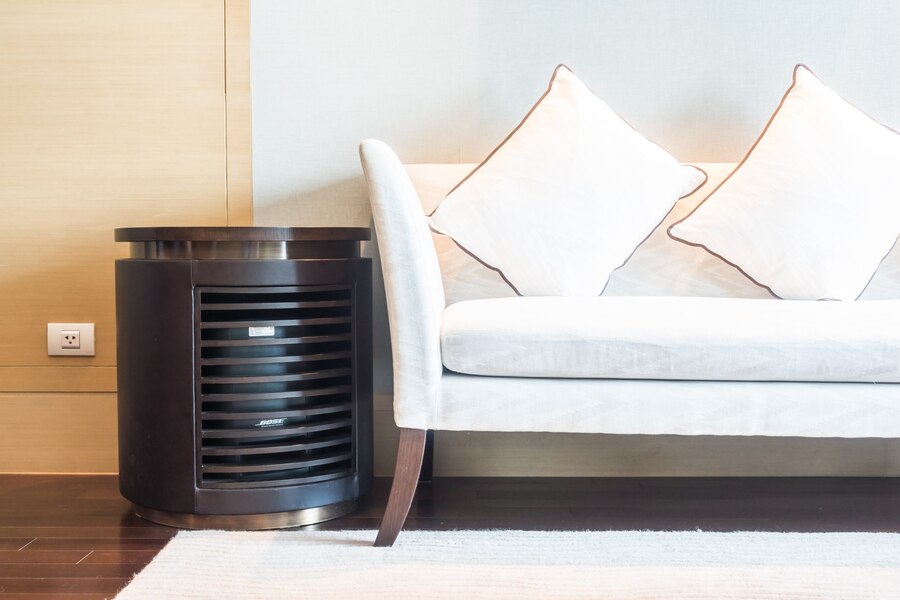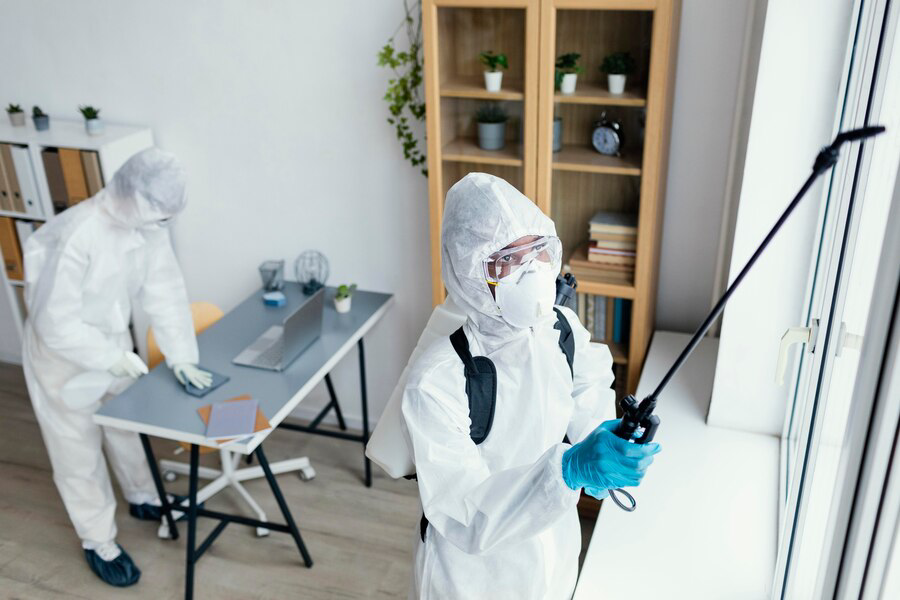When disaster strikes—be it a kitchen fire, a fireplace mishap, or even an unfortunate cigarette habit—your home can quickly turn into a lingering reminder of smoke and unpleasant odors. Fortunately, restoring your space to its former glory (or even better!) is possible with the right approach. Let’s dive into the best practices for smoke and odor restoration, so you can breathe easy once more.
Understanding Smoke and Odor

Before we get into the nitty-gritty, it’s important to understand what you’re dealing with. Smoke from a fire is not just annoying; it can leave behind a cocktail of chemicals and soot that permeate walls, fabrics, and air. Similarly, persistent odors from cigarettes or cooking can be stubborn and pervasive.
The key to effective restoration lies in identifying the source of the odor and taking appropriate action. Here are some methods to tackle smoke and odor effectively.
Assess the Damage
The first step in restoring your space is to assess the extent of the smoke and odor damage. Begin by walking through the affected areas, paying close attention to where the smell is strongest. This initial inspection will help you identify the most impacted zones, which often reveal the severity of the problem.
As you examine your surroundings, look for telltale signs like soot stains on walls, ceilings, and furniture, as well as discoloration on light-colored surfaces. Note any lingering smells, especially in specific rooms that may have experienced more smoke exposure. This detailed inventory will serve as a roadmap for your restoration efforts, ensuring no area is overlooked.
Ventilation is Key
Ventilation is one of the simplest yet most effective steps in combating smoke and odors. Start by opening windows and doors to create a cross-breeze, allowing fresh air to flow through your space. This circulation helps to dilute and push out stale air, reducing the intensity of unpleasant smells.
If conditions permit, using fans can enhance this process by actively moving air in and out of the space. Position fans strategically to direct stale air outside while inviting fresh air in. This initial ventilation step is crucial as it lays the groundwork for deeper cleaning efforts, making subsequent treatments more effective in restoring a fresh atmosphere.
Cleaning Surfaces
Once you’ve ventilated the area, it’s time to tackle the cleaning. Begin with walls and ceilings by washing them down with a mixture of water and a gentle detergent or vinegar solution. For tough soot stains, a baking soda paste can be particularly effective. Use a soft cloth to gently scrub the surfaces, taking care not to damage textured walls where soot can cling.
Next, focus on furniture and fabrics. Start by vacuuming upholstered pieces and curtains with a HEPA filter to capture soot particles. For lingering stains, apply a fabric cleaner, testing it first in an inconspicuous spot. When it comes to hard surfaces like wood and metal, a vinegar-water solution or a baking soda paste can effectively remove smoke residue and restore cleanliness.
Air Purification
After completing your initial cleaning, investing in a quality air purifier can significantly enhance your restoration efforts. Look for models equipped with HEPA filters, as they effectively capture tiny particles, including smoke and dust. This is particularly important for improving indoor air quality and alleviating lingering odors.

Additionally, consider air purifiers that feature activated carbon filters, which are specifically designed to neutralize stubborn smells. Keeping the purifier running continuously for several days or even weeks will help absorb and eliminate remaining odors, providing a fresher atmosphere. This step not only improves comfort but also contributes to a healthier living environment as you continue your restoration journey.
Neutralizing Odors
Cleaning alone may not fully eliminate persistent odors, so using natural neutralizers can be highly effective. Baking soda is a popular choice; placing bowls around the space allows it to absorb unwanted smells. For carpets, sprinkle baking soda, let it sit for a few hours, and then vacuum to refresh the fibers.
Activated charcoal is another powerful odor absorber, available in bags or containers designed for this purpose. It works similarly to baking soda, effectively trapping odors. Additionally, bowls of white vinegar can be placed around the area to absorb smells. While the vinegar scent is noticeable at first, it dissipates quickly, taking other odors with it for a fresher environment.
Freshening the Air
While neutralizing odors is crucial, adding a pleasant scent can significantly enhance your space’s atmosphere. Using a diffuser with essential oils is a fantastic option; refreshing scents like lemon, eucalyptus, and lavender not only smell great but can also uplift your mood and promote relaxation.
Natural candles made from soy or beeswax are another excellent choice. These candles often have subtle, natural fragrances that won’t overwhelm the senses, unlike synthetic scents that can sometimes exacerbate odors. For a cozy touch, consider simmering a pot of water with spices like cinnamon or citrus peels, filling your home with inviting aromas that create a warm and welcoming environment.
Inspect and Repair
After cleaning and neutralizing odors, it’s important to inspect your home for any damage that may need repair. If smoke has left your walls stained, consider applying a fresh coat of paint. Be sure to use a primer specifically designed to block odors, ensuring that any lingering smells are effectively sealed in.
In more severe cases, replacing drywall or insulation might be necessary, particularly if these materials have absorbed significant smoke. Additionally, don’t overlook your HVAC system; changing air filters and having the system inspected can prevent smoke particles from recirculating throughout your home. This comprehensive approach will help restore a fresh and healthy living environment.
Prevent Future Odors
Restoration is just the beginning; preventing future odors is equally important. Start by ensuring that your smoke detectors are functioning properly and are up to date, providing peace of mind and safety for your home. Regular maintenance of these devices is crucial for early smoke detection.
Additionally, regularly check and clean your ventilation systems to keep air fresh and minimize odor buildup. If smoking is a concern in your household, consider creating smoke-free zones or encouraging outdoor smoking to limit indoor contamination. These proactive measures will help maintain a clean, inviting environment and reduce the likelihood of unpleasant odors re-emerging in your space.
Conclusion
Restoring a space from smoke and odors requires a systematic approach, from initial assessment to thorough cleaning and odor neutralization. Investing in air purifiers and implementing preventative measures will ensure lasting freshness. Precision Restoration, Inc. in Oklahoma City understands the importance of a clean, inviting environment. Whether dealing with the aftermath of a fire or persistent odors, effective restoration practices can help achieve a fresh and revitalized home. Trust in these best practices to maintain a pleasant atmosphere and enhance indoor air quality.



